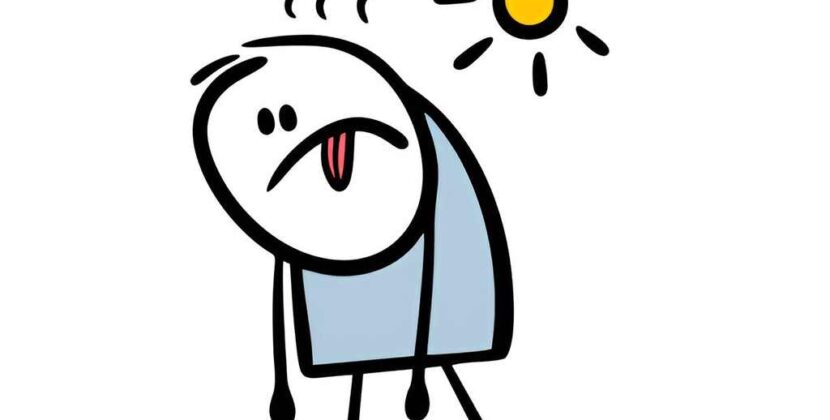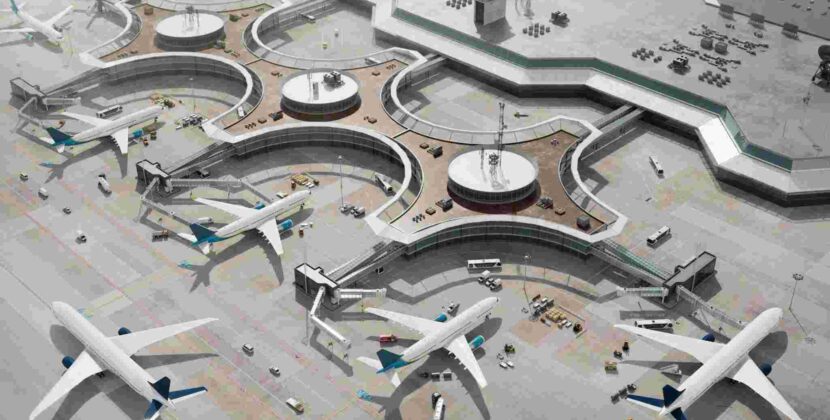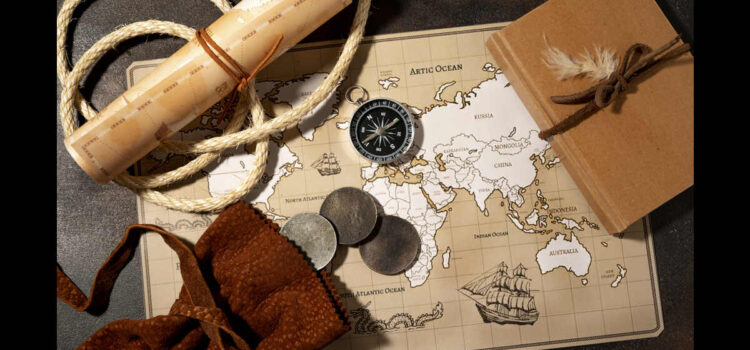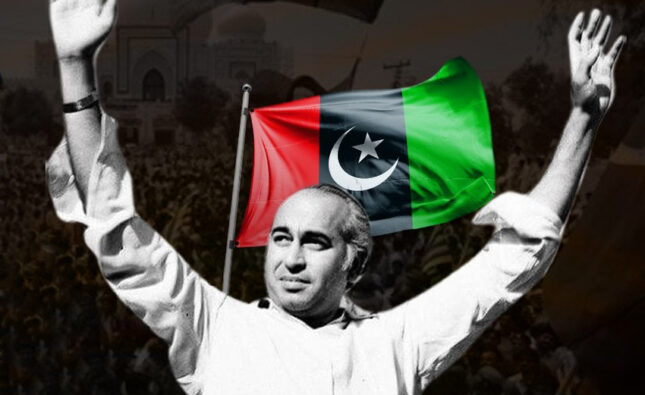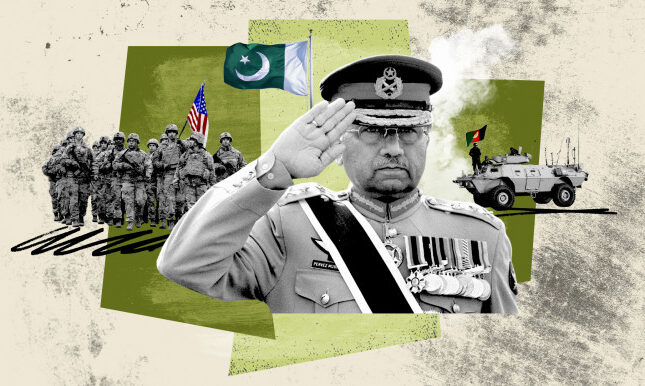
Asia’s subcontinent has a history as vast and diverse as the land itself. From ancient civilizations to modern marvels, the subcontinent has been a cradle of culture and a melting pot of civilizations for thousands of years. In this article, we embark on a journey through time and culture, unearthing the untold stories that have shaped the region’s identity.
Ancient Civilizations of Asia’s Subcontinent
The history stretches back to some of the oldest civilizations known to mankind. The mighty Indus Valley Civilization, with its advanced urban planning and drainage systems, flourished over 4,000 years ago. Alongside it, the ancient city of Mohenjo Daro stood as a testament to human ingenuity.
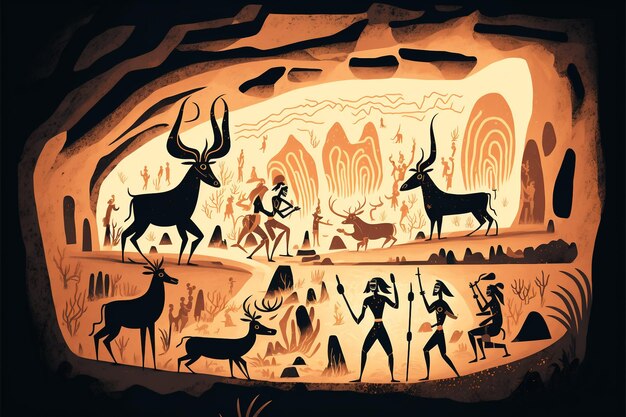
The subcontinent was also home to the great Mauryan and Gupta empires, known for their contributions to science, art, and literature. The teachings of Emperor Ashoka, carved into stone pillars, spread messages of peace and compassion that resonate even today.
As time marched on, this region witnessed several golden ages, where art, science, and philosophy flourished. The Gupta Dynasty’s reign is often referred to as the Golden Age of India, marked by great strides in mathematics, astronomy, and medicine.
Similarly, the Mughal Empire’s zenith saw remarkable architectural wonders like the Taj Mahal, a symbol of eternal love, and the Red Fort, a majestic fortress that stands proudly to this day.
Forgotten Legends and Myths
The subcontinent’s folklore is filled with captivating tales of gods, demons, and mythical creatures. Stories of valor and wisdom, like the Ramayana and the Mahabharata, have been passed down through generations, shaping cultural values and beliefs.
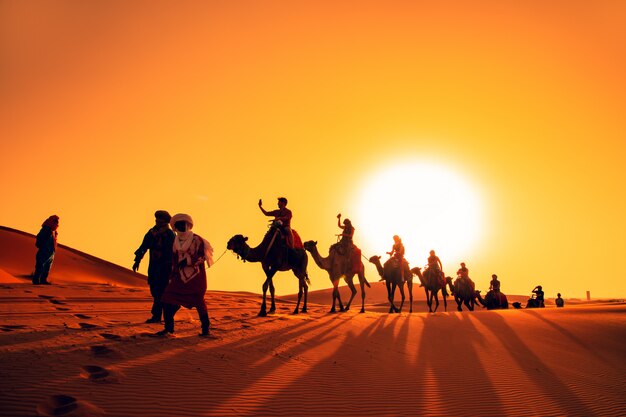
The Silk Road: A Bridge of Cultures
The ancient Silk Road played a pivotal role in connecting Asia’s subcontinent with the rest of the world. Caravans traversed vast distances, carrying goods, ideas, and cultures from East to West and vice versa. This exchange enriched the subcontinent’s heritage and fostered an atmosphere of multiculturalism.
Impact of Colonial Rule
The pages of history also bear witness to the colonial era, when foreign powers established dominion over the subcontinent. The British Raj, in particular, left an indelible mark on the region, bringing both progress and adversity. The struggle for independence was marked by iconic figures like Mahatma Gandhi, whose nonviolent resistance became a beacon of hope for oppressed peoples worldwide.
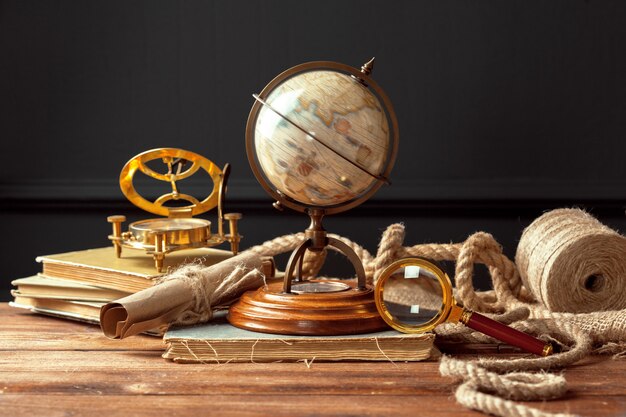
Independence Movements
Various regions within the subcontinent fought for their right to self-governance. The Indian Independence Movement, the Bangladesh Liberation War, and the struggles of Sri Lanka and Nepal are among the significant chapters in the region’s quest for freedom.
Cultural Diversity and Traditions
The subcontinent’s cultural landscape is as diverse as its geographical terrain. With hundreds of languages, traditions, and rituals, the region exemplifies the beauty of unity in diversity. The colorful festivals and celebrations are a reflection of this rich tapestry.
Modern Asia’s Subcontinent
As the world progresses, so does the subcontinent. Today, it stands as a vibrant mix of tradition and modernity. Its burgeoning cities and technological advancements sit harmoniously with its ancient temples and heritage sites.
Unearthing Hidden Archaeological Sites
Archaeologists continue to unearth hidden treasures that offer glimpses into the past. Sites like the ancient city of Taxila in Pakistan and the Ajanta and Ellora caves in India provide invaluable insights into the subcontinent’s history.
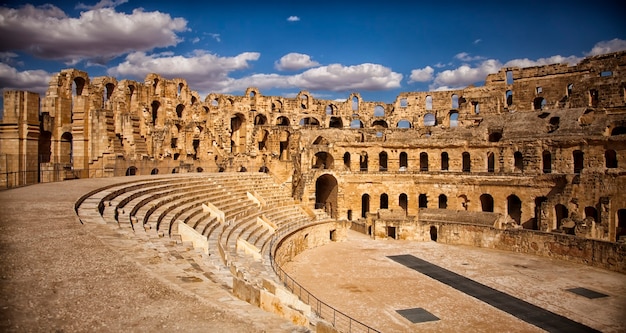
Contributions to World Heritage
Several sites within the subcontinent have earned recognition as UNESCO World Heritage Sites. These include the awe-inspiring Angkor Wat in Cambodia and the historical city of Bhaktapur in Nepal. These sites not only showcase the subcontinent’s heritage but also contribute to the global heritage of humanity.
Music, Dance, and Art
Artistic expressions have thrived throughout the subcontinent’s history. Classical music and dance forms like Indian classical music, Bharatanatyam, and Kathak have enchanted audiences for centuries. Artisans have produced intricate handicrafts that tell tales of cultural heritage.
Cuisine: A Fusion of Flavors
The subcontinent’s cuisine is a tantalizing blend of flavors and spices. From aromatic biryanis to delectable curries, each dish tells a story of culinary expertise passed down through generations.

Festivals and Celebrations
Festivals in the subcontinent are vibrant, colorful, and exuberant affairs. Diwali, Eid, Holi, and many more festivals celebrate the diversity of cultures and religions, uniting people in joyous celebrations.
Conclusion
The untold stories of Asia’s subcontinent are like a treasure trove waiting to be discovered. From ancient civilizations to modern wonders, the journey through time and culture reveals the remarkable tapestry of this diverse and enchanting region. As we cherish and learn from these stories, let us remember that the past is not just history; it is the foundation upon which our present and future are built.
FAQs
1. Is the Taj Mahal a UNESCO World Heritage Site?
Yes, the Taj Mahal is one of the most iconic UNESCO World Heritage Sites in Asia’s subcontinent. It is a symbol of love and architectural marvel.
2. Which ancient civilization existed in the subcontinent?
The Indus Valley Civilization was one of the earliest and most sophisticated ancient civilizations in the subcontinent.
3. What is the significance of the Ramayana and the Mahabharata?
The Ramayana and the Mahabharata are epic poems that hold great cultural and religious significance in the subcontinent. They contain valuable life lessons and moral teachings.
4. What is the Silk Road, and why is it important?
The Silk Road was an ancient network of trade routes that facilitated cultural exchange between Asia’s region and the rest of the world. It played a crucial role in fostering cultural diversity and economic prosperity.
5. What are some famous dance forms from the continent?
Bharatanatyam, Kathak, Odissi, and Kathakali are some of the renowned classical dance forms that originate from this region.


